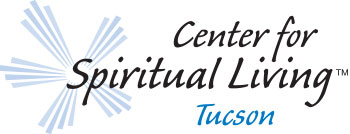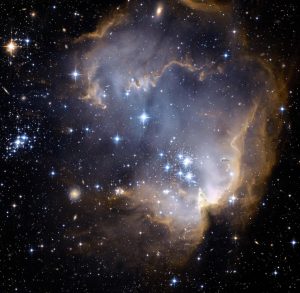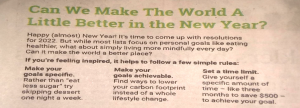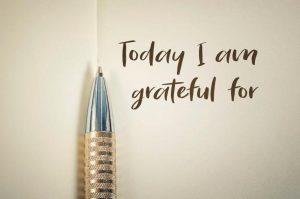I learned this week that another CSL minister friend has decided to retire. That makes five 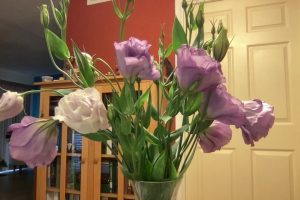 new thought ministers that I know of (and my universe of ministers is not that large) who have decided to retire, or just quit, in about the same number of months. The Great Resignation is alive and well among clergy, too. To be sure, most of their decisions are not entirely pandemic related. And… during these last 20 months of uncertainty and rising discontent, the job of being a minister has been even more challenging than usual.
new thought ministers that I know of (and my universe of ministers is not that large) who have decided to retire, or just quit, in about the same number of months. The Great Resignation is alive and well among clergy, too. To be sure, most of their decisions are not entirely pandemic related. And… during these last 20 months of uncertainty and rising discontent, the job of being a minister has been even more challenging than usual.
It does seem harder to find gratitude when things don’t work out the way we want them to. I mean, after all, doesn’t the Science of Mind teach we can have what we want? No, actually, it doesn’t. It teaches we can experience what we are willing to become. There’s a big, and important, difference.
Holmes wrote in The 1926 Science of Mind 154-155, “Everyone automatically attracts to themselves just what they are, and you may set it down that, wherever you are, however intolerable the situation may be, it is just where you belong. There is no power in the Universe but yourself that can get you out of it. Someone may help you on the road to realization, but substantiality and permanence can come only through the consciousness of your own life and thought. Each must bring themselves to the point where there is no misfortune, no calamity, no accident, no trouble, no confusion; where there is nothing but plenty, peace, power, Life and Truth. They should definitely, daily, using their own name, declare the truth about themselves, realizing that as they reflect their statements into Consciousness, they will be operated upon by It.”
If I look out at the world in front of my eyes (some would call this the ‘real world’, I don’t), and see things I don’t like, what are my choices, really? I can criticize, demean, demand, distain, disrespect, destroy, etc … what I’m looking at, or I can decide that I must not see the whole picture, and I can choose to see the same situation with ‘God eyes’, remembering that, somehow, what I’m experiencing is for my continued awakening.
Freed Roman slave Epictetus was quoted as saying, “It is easy to praise providence for anything that may happen if you have two qualities: a complete view of what has actually happened in each instance, and a sense of gratitude. Without gratitude, what is the point of seeing, and without seeing, what is the object of gratitude?”
Do we ever have a ‘complete view of what has actually happened in each instance’, really?
What are the gifts that I perceive, and receive, from my friends who have decided that continuing to serve as ministers doesn’t support their continued wellbeing? How can I find gratitude for their decisions? First, I get to look at why their decisions unsettle or disturb me. Then I get to look at how their decisions inform and influence me.
I’ll look at the unsettling aspect first. These last 20 months have been the hardest, most unpleasant, work I’ve ever done, and we’re not yet done with this pandemic experience. I have felt the urge to just run away. A friend told me just this past week that if she were in my position, she’d already have been ‘outta here’. However, to quote Jack Kornfield, ‘Wherever you go, there you are.’ Leaving doesn’t actually solve the issue.
What’s the gift in the situation? Where’s the pony in the barn full of manure? How can I change my mind about these present circumstances and find gratitude? Holmes gives us clues in The Science of Mind 411.3, “We can sit in the shade, or move into the sunshine. Sitting in the shadow, we may not really believe that there is any sunshine. But the sun would be there all the time. All the time we are in bondage, real freedom exists. It is there, but we must awake to it. The Law of Mind as quickly creates one form as another for us, and we must allow the patterns of our thought to become molded from the highest sense of Reality we possess.”
I find gratitude when I remember what I’ve learned from my friends who have retired or quit, that I’ve chosen to do this work, and have decided that walking away right now doesn’t serve who I’ve come here to be. I discover a deeper level of gratitude when I realize I’m more guided, stronger and more resourceful than I ever knew I was. I also gratefully recognize that I’m continuously supported in so many ways, because the Divine lives and expresses in, as and through me, and in, as and through everyone I come into contact with.
Roman Emperor Marcus Aurelius wrote, “Dig deep within yourself, for there is a fountain of goodness ever ready to flow… if you will keep digging.”
Where do you find gratitude for stuff that seems hard, unpleasant or distasteful in your life?
–Rev Janis Farmer
